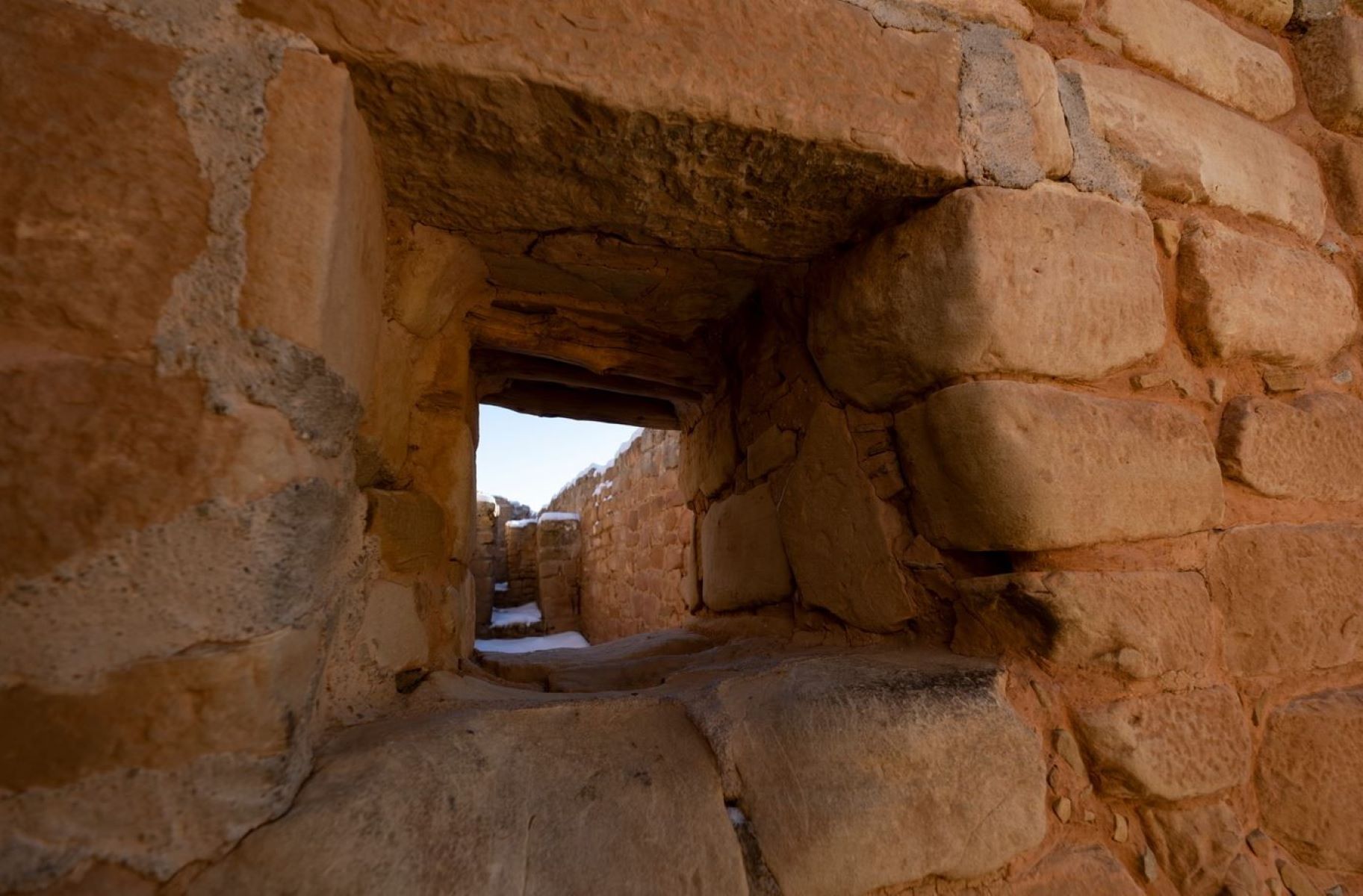Mystery Sites Of Southwest Archeoastronomy

Have you ever wondered how ancient civilizations tracked the stars? The Southwest United States holds many secrets of archeoastronomy. This fascinating field studies how ancient people understood and used the sky. In places like Chaco Canyon and Mesa Verde, ancient structures align with celestial events. These sites reveal how important the stars were to daily life and rituals. Imagine standing where people once watched the sun rise on the solstice. It's like stepping back in time. Join us as we explore these mysterious sites and uncover the secrets of archeoastronomy in the Southwest.
Ancient Wonders of the Southwest
The American Southwest is a treasure trove of ancient sites that blend astronomy with architecture. These places offer a glimpse into the lives of the people who once inhabited this region, showcasing their advanced understanding of the cosmos.
Chaco Canyon
Chaco Canyon, located in New Mexico, is a UNESCO World Heritage Site. It was a major center of culture for the Ancestral Puebloans.
- Pueblo Bonito: This massive structure was the largest building in North America until the 19th century. Its walls align with the cardinal directions, and it has windows that mark the solstices and equinoxes.
- Fajada Butte: Home to the famous Sun Dagger, a rock formation that casts light patterns marking the solstices and equinoxes. This site shows the sophisticated astronomical knowledge of the Chacoans.
Mesa Verde
Mesa Verde in Colorado is known for its well-preserved cliff dwellings. The Ancestral Puebloans built these structures to align with celestial events.
- Cliff Palace: The largest cliff dwelling in North America. Its orientation and construction suggest it was used to observe the sun and stars.
- Sun Temple: An unfinished structure believed to have been an astronomical observatory. Its layout aligns with the cardinal directions and solstices.
Hovenweep National Monument
Hovenweep, straddling the Utah-Colorado border, is a collection of six prehistoric villages. The towers and structures here are thought to have astronomical significance.
- Square Tower Group: The largest and best-preserved group of structures at Hovenweep. The towers have windows that align with the solstices and equinoxes.
- Cajon Group: Features a tower with a unique T-shaped doorway that aligns with the summer solstice sunrise.
Casa Grande Ruins
Casa Grande Ruins in Arizona is a mysterious four-story structure built by the Hohokam people. Its purpose remains unclear, but many believe it had astronomical functions.
- Great House: The main structure at Casa Grande. Holes in the walls align with the sun and moon, suggesting it was used to track celestial events.
Wupatki National Monument
Wupatki, located in northern Arizona, is home to several ancient pueblos. The Sinagua people who lived here incorporated astronomical alignments into their buildings.
- Wupatki Pueblo: The largest pueblo at the site. Its orientation and features suggest it was used for astronomical observations.
- Citadel Pueblo: Built on a hilltop, this structure offers panoramic views of the horizon, making it ideal for tracking celestial events.
Chaco Culture National Historical Park
Chaco Culture National Historical Park in New Mexico is another site rich in archeoastronomical significance. The Ancestral Puebloans who lived here created structures that align with celestial events.
- Casa Rinconada: A large kiva with windows that align with the solstices. This structure highlights the Chacoans' advanced understanding of astronomy.
- Pueblo del Arroyo: Built to align with the cardinal directions, this site shows the Chacoans' architectural and astronomical skills.
Canyon de Chelly
Canyon de Chelly in Arizona is a stunning natural wonder with a rich history. The Ancestral Puebloans and Navajo people who lived here left behind structures with astronomical significance.
- White House Ruin: Named for the white plaster on its walls, this structure aligns with the solstices and equinoxes.
- Antelope House Ruin: Features petroglyphs that depict celestial events, showing the importance of astronomy to its builders.
The Magic of Southwest Archeoastronomy
Southwest archeoastronomy sites offer a unique glimpse into ancient cultures. These places reveal how early civilizations used the stars to guide their lives. Visiting these sites, like Chaco Canyon or Hovenweep, feels like stepping back in time. You can see firsthand how the sun and stars influenced architecture and daily activities.
Exploring these locations isn't just about history. It's also about connecting with the past in a meaningful way. The alignment of structures with celestial events shows a deep understanding of astronomy. This knowledge was crucial for agriculture, ceremonies, and navigation.
If you're interested in history, astronomy, or just love exploring, these sites are a must-see. They remind us of the ingenuity and wisdom of ancient peoples. So, pack your bags and get ready to be amazed by the wonders of Southwest archeoastronomy.

